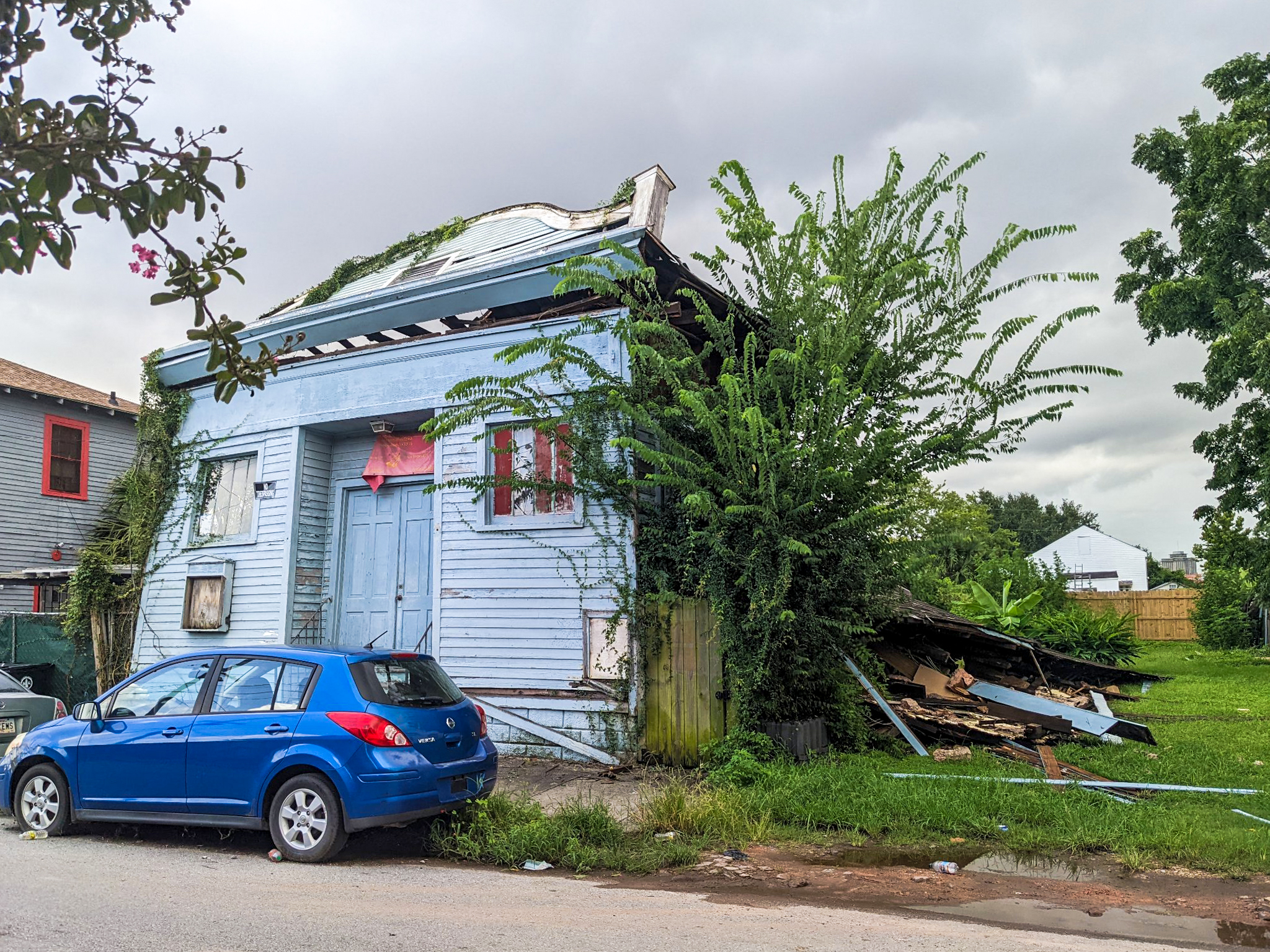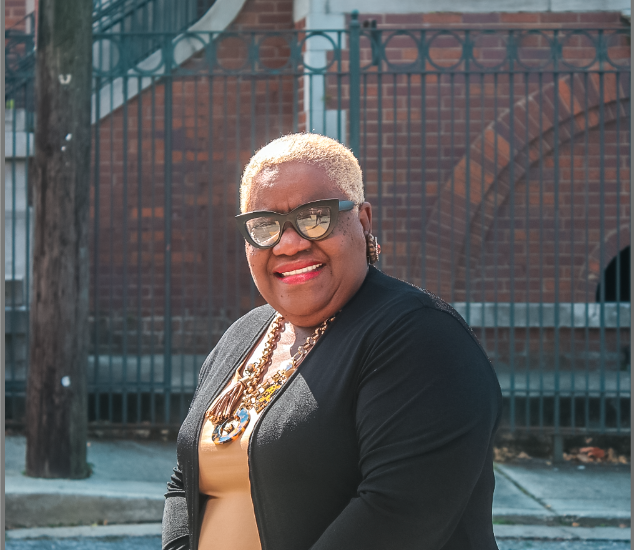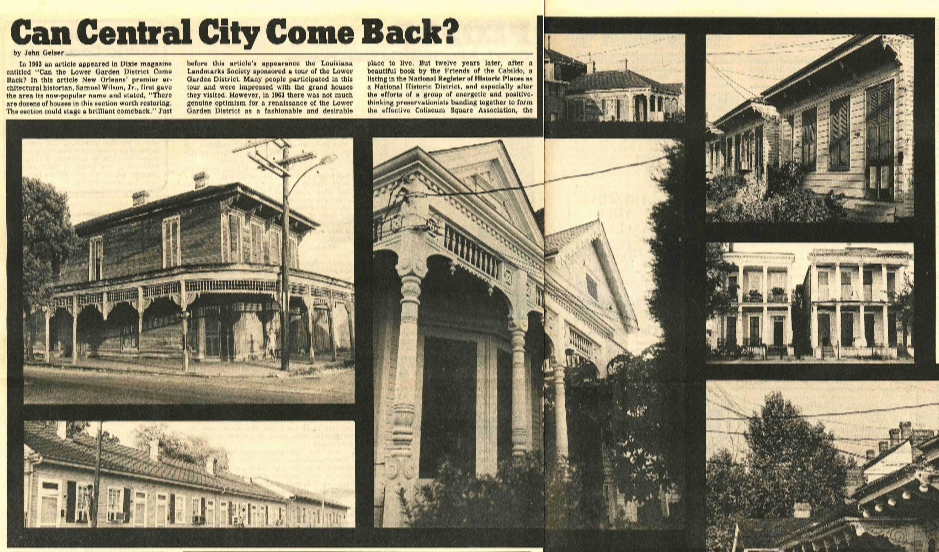New Orleans’ shotgun houses come in many styles and sizes, from two-bay Greek Revivals to Eastlake camelbacks. But what they all have in common is that they offer comfortable living on a human scale. Those are the very qualities prized by Cottage Living Magazine – a sister publication of Coastal Living and Southern Living – and key reasons the magazine chose New Orleans for its 2007 Idea Home.
“While we were busy making plans to build our third Cottage Living Idea Home, we were overwhelmed with letters and emails from our readers wanting to know how New Orleans cottage owners were coming along,” said Eleanor Griffin, editor-in-chief of Cottage Living. “The more we talked about it, the more we wanted to do the house in New Orleans, to help the city on its way back and to shine a light on the incredible progress it’s already made.”
For the past two years, the start-up magazine has sponsored Idea Homes, one in East Hampton, New York, the other in Evanston, IL. Griffin and company knew they’d need a solid local partner to make the New Orleans project a success and contacted the PRC to join the team. Before long, a plan was hatched.
Because of the post-Katrina interest in modular construction, Cottage Living invited custom modular home builder Haven Homes to participate in the project. The next to enlist was Eric Moser, a Beaufort, SC designer and member of the New Urban Guild. Moser signed on to design the single family home in a vernacular New Orleans style which can be built either modularly or traditionally, the latter using plans which Cottage Living will sell. The PRC staff pitched in and found just the right lot on Camp Street, a parcel that was vacated post-Katrina when a storm-damaged house was demolished.
Everything was falling into place except for financing. “That’s when board member Randy Opotowsky stepped in,” said PRC Executive Director Patty Gay. “He agreed to buy the lot and pay for the house because he didn’t want the city or the PRC to lose out on this extraordinary opportunity. What is even more remarkable is that he has pledged that the Operation Comeback Revolving Fund will receive all of the proceeds from the sale of the house. We are so appreciative of his commitment to us and to the city.”
Opotowsky asked that Operation Comeback’s Stephanie Bruno serve as the project manager. Soon, William (Billy) Goliwas of G&H Restorations came on board as the contractor who would finish the house after the modules were trucked in. PRC supporter and Houmas House plantation’s Kevin Kelly agreed to donate use of his Amelia Cotton Press Warehouse to store the “boxes” overnight.
“Kevin’s donation of the warehouse space was key,” remarked Gay. “His warehouse was perfectly located for storing the trucks and trailers overnight after the long drive from South Carolina. We don’t know what we would have done if he hadn’t stepped up to the plate.
By the time the “boxes” arrived on site on Camp Street on April 25, the remainder of the team had been selected. Interior design firm Holden & Dupuy contributed Ann Dupuy and Jane Dupuy Leyens, who devised a lively plan for window treatments, interior wall colors, furnishings and accessories. Brian Sublette of Daly-Sublette Landscape Architects mapped out an elegant outdoor scheme featuring brick work, fountains and greenery. And color consultant Louis Aubert was recruited to work his magic on the exterior paint colors.
“It was hectic for a while,” said Billy Goliwas. “My firm has done modular home installations in the past but never such a high-end, custom design and not for publication in a magazine. We will usually trim out in 4 weeks, but because of the detail and custom work required for this house, it was down to the wire.”
Long before the October issue of Cottage Living hits the newsstands and trumpets the project to the magazine’s 1 million readers, New Orleanians and visitors will have an opportunity to tour it and see it for themselves. As with the two earlier Idea Homes, the New Orleans house is open for tours in July and August, and will be featured in the publication’s October issue along with information about sponsors, designers and other who contributed product and talent to the project. And like the other two houses, the Camp Street will be sold when the tours end, and the buyer will have the option of purchasing some or all of the furnishings. Talk about an instant life makeover!
“The house will be open for Thursdays through Sundays starting on July 12 and continuing through Labor Day,” said Griffin. “Come see the house, bring your friends, and get some ideas for your own home. We always tell people that – cottage living’ is a lifestyle choice, a preference for comfortable and stylish living in the right-size house. It’s the natural way that people seem to live in New Orleans and that’s what makes this year’s Idea Home so special to us.”






